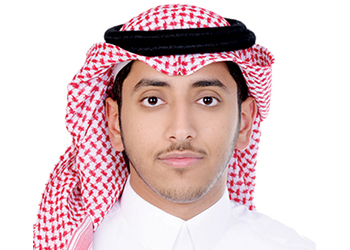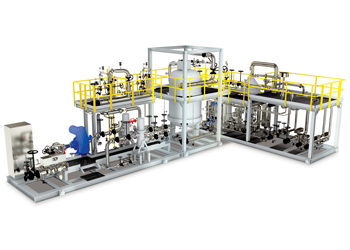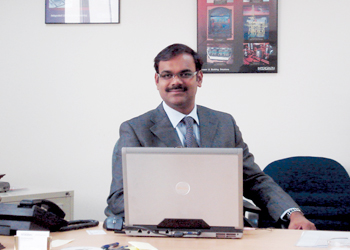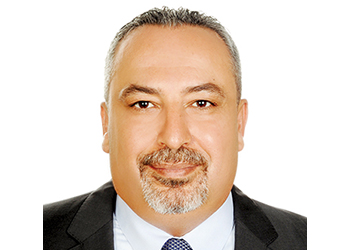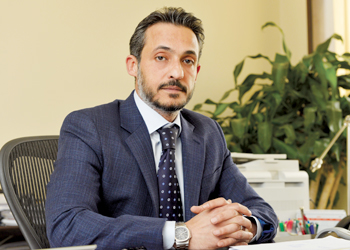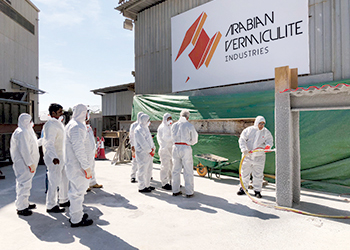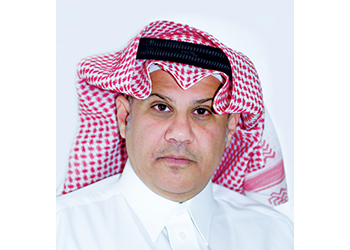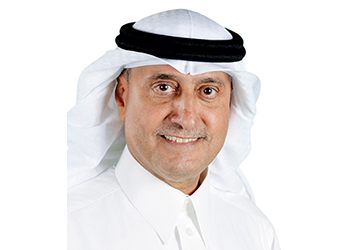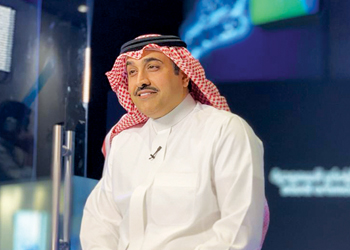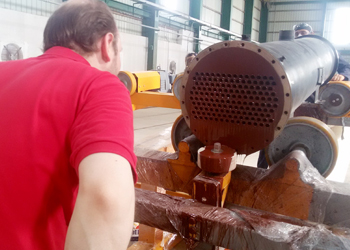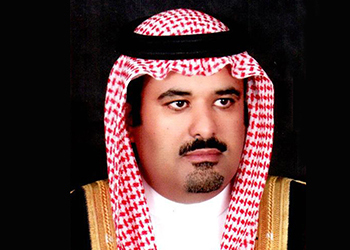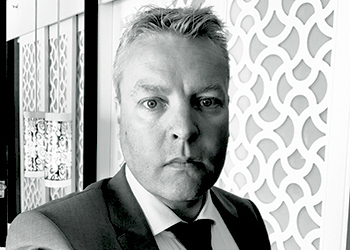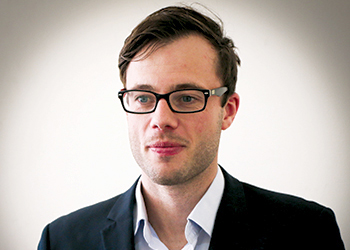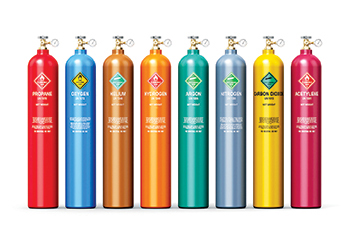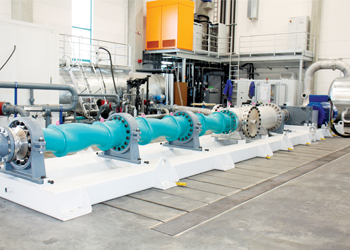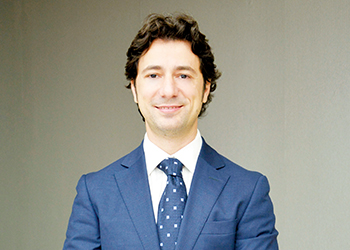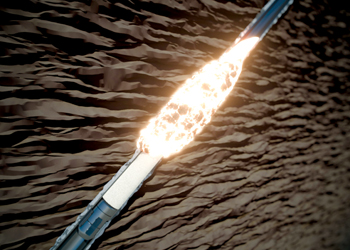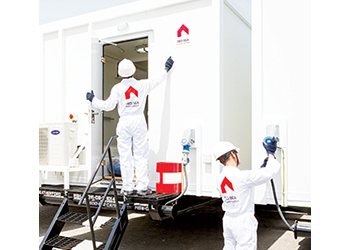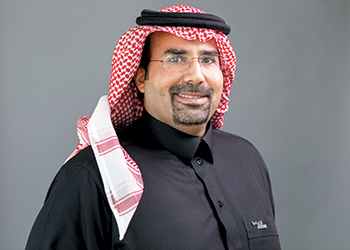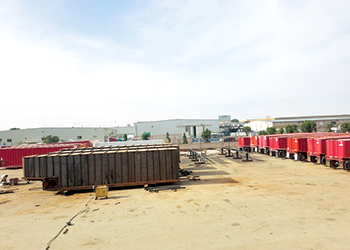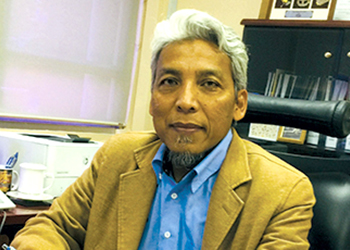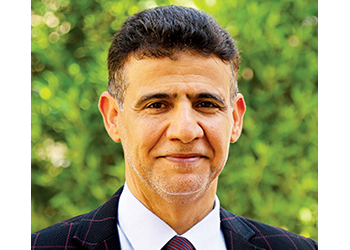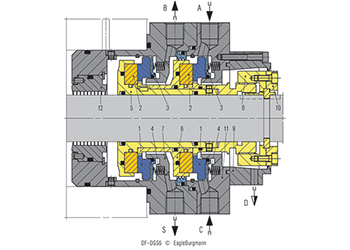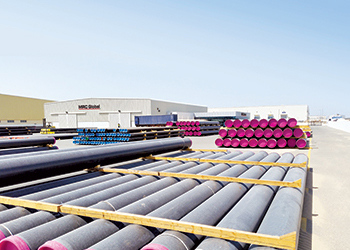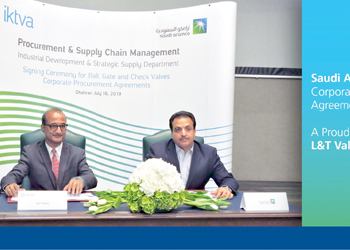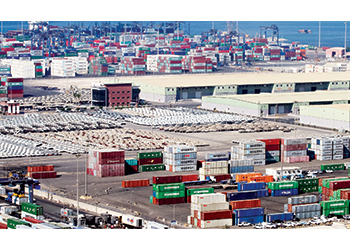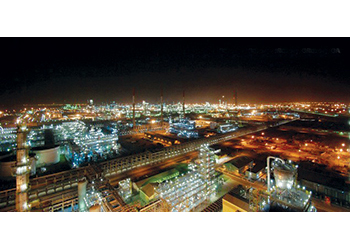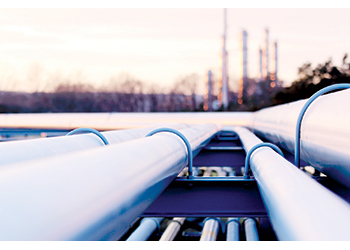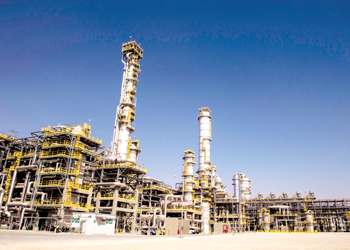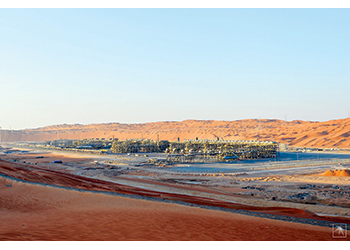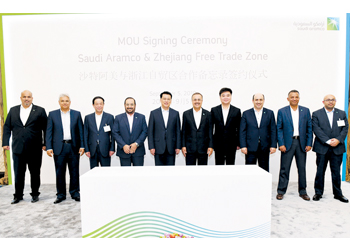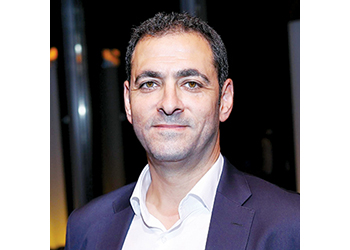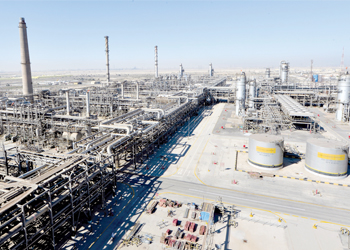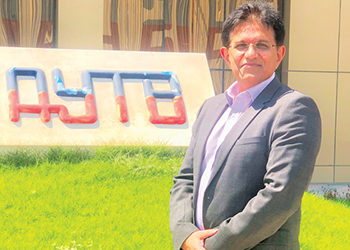
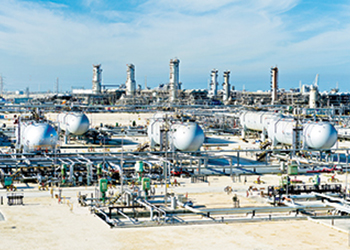 Aramco ... facing testing times
Aramco ... facing testing times
Saudi Aramco, which has demonstrated its reliability with 100 per cent delivery on its customers’ requirements for oil and refined products, is well-equipped to meet the new security challenges, even as the oil giant continues its diversification drive
Global oil and gas giant Saudi Aramco proved its resilience to the world once again with an assurance that it will fully restore by the end of September production, disrupted by attacks on its facilities.
Faced with its biggest test in years, as almost half of its daily oil production knocked offline by the attack, the state-owned oil giant has risen to the new challenge with a quick response.
“Not a single shipment to an international customer has been or will be missed or cancelled as a result of these attacks. We have proven that we are operationally resilient and have confirmed our reputation as the world’s leading supplier,” Aramco President & CEO Amin Nasser told a press conference.
The company has met its commitments to its International customers, even in challenging situations, including past Gulf conflicts, he added.
 |
Saudi Aramco chairman Yasir bin Othman Al-Rumayyan |
Speaking to media in Jeddah during a news conference with Prince Abdulaziz Bin Salman, Minister of Energy, and Yasir Rumayyan, Chairman of Saudi Aramco, Nasser said: “These synchronised attacks were timed to create maximum damage to our facilities and operations. The rapid response and resilience demonstrated in the face of such adversity shows the company’s preparedness to deal with threats aimed at sabotaging Aramco’s supply of energy to the world.”
Commending the work of the emergency response teams consisting of firefighters, operations, and security personnel in coordination with government agencies, Nasser said: “I am enormously proud of the courage, dedication and proficiency of our people who ensured there were no injuries.”
During the news conference, it was disclosed that production at Khurais resumed 24 hours after the attack. Nasser stated that production at Abqaiq is currently 2 million barrels per day (mbpd) and its entire output is expected to be restored to prior rates by the end of September.
“We have a hard-earned reputation for nearly 100 per cent reliability in terms of meeting our international customers’ requirements and we have defended that,” he told journalists from Saudi and international media.
The company adjusted deliveries and shipments to customers by drawing on inventories and offering additional crude production from other fields.
The subject of the company’s Initial Public Offering (IPO) was also discussed during the news conference and Nasser had the following message: “We have said we are ready and will proceed with the IPO when our shareholder takes the decision.”
Oil markets soared after the news of the attack but lost more than 6 per cent once the reassurance from Saudi Arabia came.
Riyadh, the world’s top crude exporter, has built five giant underground storage facilities across the country that can hold tens of millions of barrels of various refined petroleum products.
 |
Nasser ... accelerating growth strategy |
Meanwhile, Aramco has been gearing up for a two-part IPO, in which it had hoped to first sell a sliver of itself to investors on the local Saudi exchange and then list shares internationally, according to people familiar with the matter. The listing plans have long been dogged by questions over valuation and the venue for an international stock market debut. The weekend attacks present Aramco with arguably its biggest hurdle so far on the road to going public.
The company is expected to move forward with presentations to analysts and meetings with bankers as planned, but Saudi energy officials and Aramco executives are debating a rescheduling of the IPO until after the company fully restores its production to normal levels. Officials had hoped to pull off its Saudi listing sometime in November. Officials say that they want to wait to get a full assessment of the damage from the attack before pushing any listing back.
Meanwhile, delivering the company’s half-yearly results for the first time in its history, Nasser had said: “Despite lower oil prices during the first half of 2019, we continued to deliver solid earnings and strong free cash flow underpinned by our consistent operational performance, cost management and fiscal discipline.
Disclosing its financial results for the first time, as part of Aramco’s $12 billion debut international bond issuance, marked a significant milestone in Saudi Aramco’s history.
Aramco demonstrated its reliability with near 100 per cent delivery on its customers’ requirements for oil and refined products, maintaining its total hydrocarbon production of 13.2 million barrels of oil equivalent per day and an average daily crude production of 10 mbpd.
Leveraging its strength in upstream, Aramco continued to deliver on its downstream growth strategy, including acquisitions in both Saudi Arabia and key international markets. These acquisitions are expected to enhance dedicated crude placement, increase refining and chemicals capacity, capture value from integration and diversify its operations.
Aramco also signed an agreement to acquire a 70 per cent equity stake in Sabic which is among the world’s top petrochemicals companies by revenues. This is a major step in accelerating growth in downstream through refining and petrochemicals integration, maximising the profitability from every molecule the company produces.
Aramco grew its trading business and scaled up innovation efforts through pioneering initiatives such as crude-to-chemicals, nonmetallic materials manufacturing, and hydrogen fuels.
Environmental and safety performance is at the forefront of the way the company operates. Aramco is particularly proud of the fact that for the first time it announces its upstream carbon intensity, which is amongst the lowest globally.
Looking ahead, the company will maintain a prudent and flexible balance sheet. The company’s financials are strong and it will continue to invest for future growth.
The company maintained its pre-eminent position as one of the world’s most reliable suppliers of energy, with total hydrocarbon production of 13.2 mmboed in the first half of 2019. To sustain this position, the Marjan and Berri field increment programmes have started, which are expected to contribute 550 mbpd of crude oil and 2.5 bscfd of gas to the fields’ production capacity. The Marjan programme also includes the construction of a gas plant in the Tanajib area.
The Fadhili gas plant, which is designed to process 2.5 bscfd of raw gas, is on track for start-up later in 2019. The project is expected to become a key component of the company’s Master Gas System and is part of the company’s strategy to materially grow its gas production.
The company’s exploration success continued with the following discoveries: one gas field, seven reservoirs as well as four delineation successes across both oil and gas.
Despite a lower oil price environment during the first half of 2019, the company delivered solid earnings and strong free cash flow combined with reliable operational performance. Net income for the first half of 2019 was SR175.871 billion ($46,899 billion), reflecting a decrease of 12 per cent compared to SR198.820 billion ($53.019 billion) in the first half of 2018. This was mainly due to a decrease of 4 per cent in the average realised price of crude oil from $69 to $66 per barrel and an increase in purchases, producing and manufacturing costs and depreciation and amortisation costs, partially offset by a decrease of SR9.816 billion ($2.617 billion) in income taxes.
The increase of SR9.123 billion ($2.433 billion) in purchases was primarily due to the higher volumes purchased by ATC and Motiva as the company continues to grow its crude oil trading business.
Producing and manufacturing costs increased by SR5.189 billion ($1.384 billion) mainly due to the consolidation of Arlanxo Holding’s production costs of SR5.13 billion ($1.368 billion) following the December 31, 2018 acquisition. The increase of SR4.534 billion ($1.209 billion) in depreciation and amortization was due to the recognition of right-of-use assets on the Consolidated Balance Sheet, following the adoption of IFRS 16 – Leases (IFRS 16), effective January 1, 2019 and other additions to depreciable assets.
Aramco manages the kingdom’s proved reserves of about 336.2 billion barrels of oil equivalent. It has a work force of more than 70,000.
The company is a leading producer of the energy and chemicals that drive global commerce and enhance the daily lives of people around the globe.
“From our proven upstream capabilities and our strategically integrated global downstream network, to our cutting-edge sustainability technologies and our foremost organisational capabilities, we’ve created an unsurpassed value engine that places us in a category all our own,” says Aramco.
Saudi Aramco welcomed Yasir Othman Al-Rumayyan as its new Chairman in September. Al-Rumayyan was appointed a member of the company’s Board of Directors in 2016 and is currently the Governor of the Public Investment Fund.
In one of its biggest moves, Aramco signed a share purchase agreement to acquire a 70% majority stake in Sabic from the Public Investment Fund of Saudi Arabia, in a private transaction for SR259.125 billion ($69.1 billion). The remaining 30% publicly traded shares in Sabic are not part of the transaction, and Saudi Aramco has no plans to acquire these remaining shares.
Headquartered in Riyadh, Saudi Arabia, Sabic has global operations in over 50 countries with 34,000 employees. In 2018, Sabic’s consolidated production volume across its various business units was 75 million metric tons, and recorded net income of $5.7 billion, annual sales of $45 billion, and total assets of $85 billion.
Nasser said: “This transaction is a major step in accelerating Saudi Aramco’s transformative downstream growth strategy of integrated refining and petrochemicals. Sabic is a world-class company with an outstanding workforce and chemicals capabilities. As part of the Saudi Aramco family of companies, together we will create a stronger, more robust business to enhance competitiveness and help meet rising demand for energy and chemicals products needed by our customers around the world.”
Saudi Aramco is also planning a multi-billion dollar investment in India’s Reliance Industries as the energy giant diversifies its oil business. The company has signed a letter of intent to take a 20% stake in Reliance’s oil-to-chemicals business in one of the largest ever foreign investments in India.
Aramco’s Senior Vice President of Finance, Khalid al-Dabbagh, said talks with Reliance were at “very, very early stages”.
In another recent development, King Salman Energy Park (Spark) and Dubai-based Oilfields Supply Center (OSC) have signed an agreement to establish OSC as an anchor tenant at Spark, an energy city megaproject which will cement Saudi Arabia’s position as a global energy, industrial and technology hub.










































































